In early education, we often oversimplify geometry by focusing solely on shape recognition. Naming common shapes is important, of course, but that skill is a small one among the many others that make up real understanding of early geometry.
Geometry is so much more than shapes.
When was the last time you used geometry in your life? It might have been more recently than you think. When did you last parallel park your car? Or put leftovers away in your fridge? Or do a jigsaw puzzle? Geometry and spatial reasoning have to do with how we navigate and manipulate the physical world, and these are skills we use all the time in our daily lives.
This section of PWN Online is about geometry and spatial reasoning because the latter is often overlooked in the early grades—but is a crucial part of geometry.
Recent research in the field of early mathematics suggests that spatial reasoning is essential for young learners because it translates to many other mathematical skills later on. Just like with Subitizing, spatial reasoning requires visualization that helps children develop shortcuts, or strategies, in their mathematical thinking.
In this section, we’ll consider the Learning Trajectory as it applies to these particular math concepts, see how Block Building supports these big ideas, and find out how to use the Tangram as a tool for geometry learning.
Ready to get started? Continue by clicking the blue button below.

